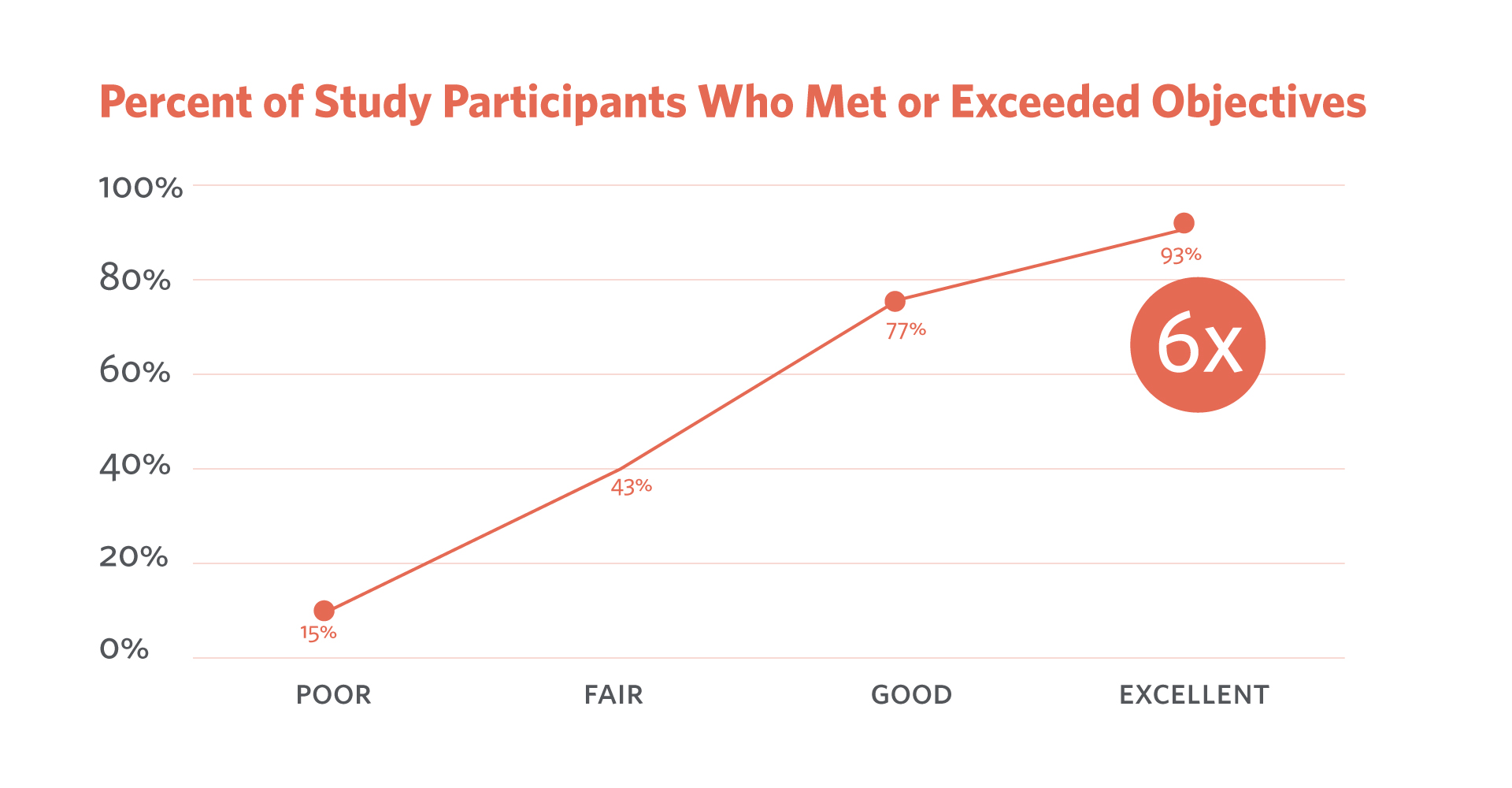
As AOR has taken on some major growth in the last few years—offering new services, refining our process, and adding more employees into the mix—we’ve been confronting change within our organization on an almost daily basis.
Throughout this process, we’ve been lucky to have an overwhelming sense of teamwork and support from leadership to embrace change. But as we continue to push ourselves, there are inevitably, times where we feel resistance. It’s been said many times before, but it’s true: change is hard. Maybe we’re tired, or we don’t quite understand why it’s happening or how it will make a difference in the way we work. Whatever the reason, resistance can creep up on you and your employees and, if you aren’t prepared to manage it, it can seriously derail progress in your organization.
I recently had the opportunity to attend a Prosci Change Management Certification course to help better manage any resistance that comes our way. The goal was to better understand how to weave change management into our organizational projects so we can keep ourselves moving through changes efficiently and focus our attention on what we do best—creating kickass work for our clients.
So, you may be asking, what exactly is change management? Simply put, change management is the process, tools, and techniques to manage the people side of change to achieve the required business results of that change. More to the point, change management drives project success by supporting individual transitions required by organizational projects and initiatives. The secret to successful change lies beyond the visible and busy activities that surround change. Successful change, at its core, is rooted in something much simpler: How to facilitate change with one person.
And there’s good news! The data supports the connection between applying change management practices to projects: you’re six times more likely to go through organizational change successfully and more quickly. (Prosci 2018 Benchmarking Data)
 Top reasons for applying change
Top reasons for applying changeIf you’re not making the effort to manage the people side of change, there are potential consequences for your organization. Do any of these sound familiar? Lower productivity, higher turnover, employees finding workarounds or reverting to the old way of doing things, or changes being completely scrapped altogether. Chances are, at some point in your career, you or one of your coworkers or employees have experienced one of these scenarios. And that’s OK. It clearly happens. The key is not to feel as though you’re failing because there is resistance, but to understand that it’s normal and can easily be managed with the proper approach.
The best news? The proper approach scales. Change management lets you manage all types of changes, from incremental to radical, and can help you be successful in creating a positive culture for employees. So, whether you’re moving the printer from one side of the office to another, or moving your entire office to a new location, the right approach lets you successfully manage change—no matter the size or complexity.
See our recent work here. And don’t hesitate to reach out.